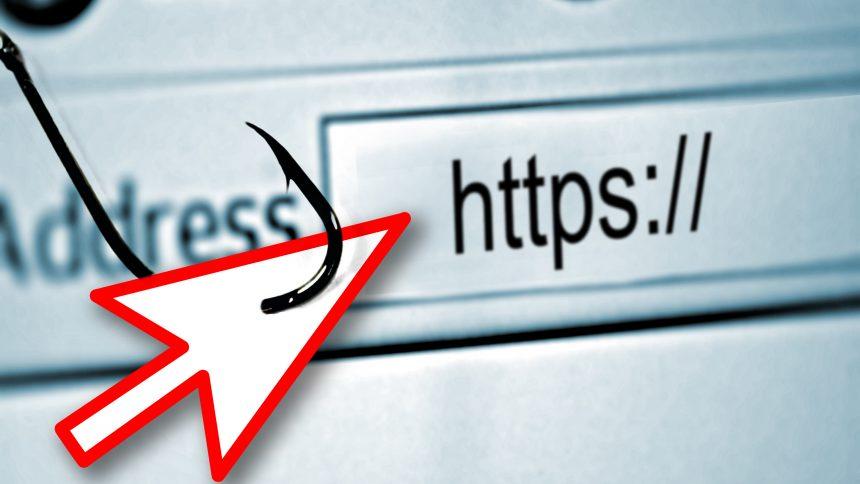The MyPholasShop.com pop-up virus has emerged as a persistent nuisance for internet users. This insidious malware manifests itself through intrusive pop-up advertisements, redirecting unsuspecting victims to the malicious website MyPholasShop.com. Once infected, users may experience a barrage of unwanted pop-ups, browser redirects, and potentially harmful consequences to their online security and privacy.
MyPholasShop.com Pop-up Virus: Details and Consequences
The MyPholasShop.com pop-up virus operates by infiltrating users’ web browsers, often through deceptive tactics such as fake software updates, misleading advertisements, or bundled software downloads. Upon infection, it seizes control of the browser, bombarding the user with relentless pop-up ads promoting dubious products or services. These pop-ups not only disrupt the browsing experience but also pose significant risks, including exposure to further malware infections, financial scams, or theft of sensitive information.
Detection names for this malware may vary across security software vendors, but common identifiers include adware, potentially unwanted programs (PUPs), or browser hijackers. Similar threats to be wary of include other adware variants like LuckyShopper, ShopperPro, or CouponDropDown, all of which employ similar tactics to compromise user systems and exploit their online activity for malicious purposes.
MyPholasShop.com Removal Guide
Removing the MyPholasShop.com pop-up virus requires a systematic approach to ensure complete eradication and restoration of browser functionality. Follow these steps to effectively remove the malware from your system:
- Uninstall Suspicious Programs: Begin by uninstalling any recently installed programs that may be associated with the malware. Navigate to the Control Panel (Windows) or Applications folder (Mac) to identify and remove any suspicious software.
- Reset Web Browsers: Resetting your web browsers to their default settings can help eliminate any lingering traces of the malware. In your browser settings, locate the option to reset or restore to default settings.
- Clear Browser Data: Clearing your browser’s cache, cookies, and browsing history can help remove any stored data related to the malware. This can usually be done through the browser settings or preferences menu.
- Scan for Malware: Perform a thorough scan of your system using reputable antivirus or anti-malware software to detect and remove any remaining traces of the MyPholasShop.com pop-up virus. Ensure your security software is up-to-date before initiating the scan.
- Check Browser Extensions: Review your browser extensions or add-ons and remove any suspicious or unfamiliar ones that may have been installed without your consent.
- Reset Hosts File (Advanced Users): For advanced users, resetting the hosts file to its default state can help eliminate any redirects or connections to malicious websites. Consult online resources for guidance on resetting the hosts file specific to your operating system.
- Restart System: Once the removal process is complete, restart your computer to finalize the changes and ensure the malware is completely eradicated.
Prevention Best Practices
To prevent future infections and safeguard your online security, consider implementing the following best practices:
- Exercise Caution Online: Be vigilant when downloading software or clicking on advertisements, especially from unfamiliar or suspicious sources.
- Keep Software Updated: Regularly update your operating system, web browsers, and security software to patch known vulnerabilities and protect against emerging threats.
- Use Ad Blocking Extensions: Consider using ad-blocking browser extensions to mitigate the risk of encountering malicious advertisements.
- Practice Safe Browsing Habits: Avoid clicking on suspicious links or downloading files from untrusted sources, and be cautious when sharing personal information online.
By following these steps and adopting proactive security measures, you can mitigate the risk of falling victim to the MyPholasShop.com pop-up virus and similar cyber threats.





